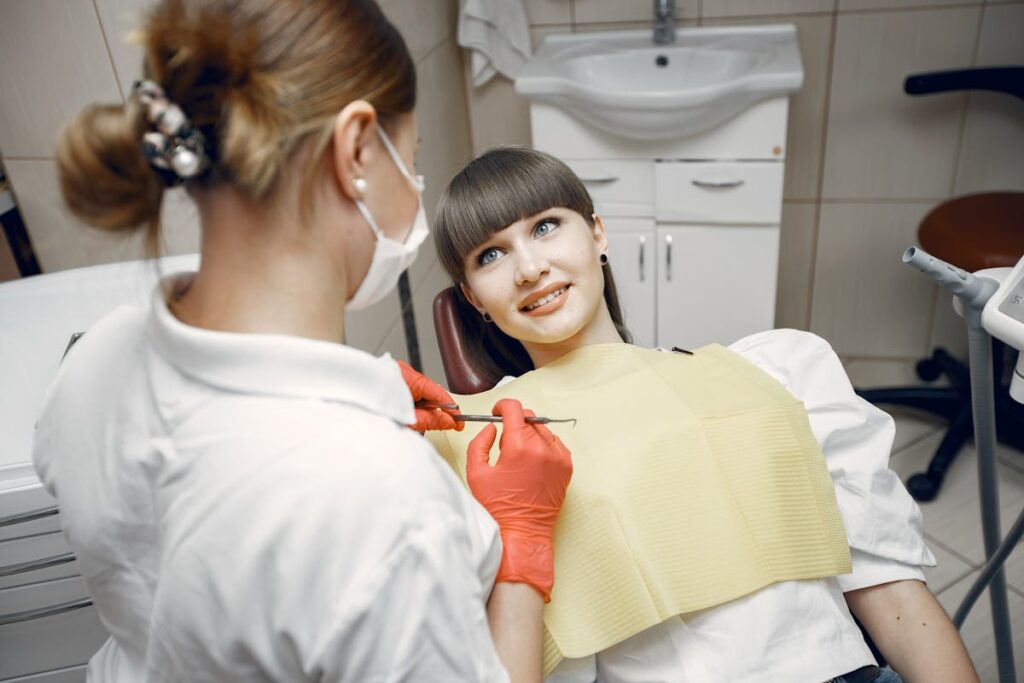Orthodontic Treatment NJ
Orthodontic treatment in New Jersey offers diverse solutions for aligning teeth and jaws. With advancements in technology, patients can select from clear aligners to traditional braces. Treatment duration varies based on case complexity, ranging from 12 to 36 months. New Jersey orthodontists emphasize clear communication to align expectations with outcomes. Understanding the differences between treatment options and selecting the right professional is essential for ideal results. Discover the path to a healthier, more confident smile.

Key Takeaways
- New Jersey offers advanced orthodontic solutions, including clear aligners and ceramic braces, for diverse dental needs.
- Orthodontic treatments in NJ address malocclusion, overcrowding, and misalignment of teeth and jaws.
- Clear aligners provide a discreet straightening option, requiring patient adherence to wearing them 20-22 hours daily.
- Traditional braces in NJ are cost-effective and suitable for complex dental cases, offering consistent pressure for alignment.
- Orthodontic care in NJ improves oral health, enhances confidence, and ensures long-term dental functionality.
Understanding Orthodontic Treatment
Orthodontic treatment, fundamentally, addresses the diagnosis, prevention, and correction of malpositioned teeth and jaws. This specialized branch of dentistry employs various techniques to align teeth, optimize bite function, and enhance oral aesthetics. Treatment duration varies considerably, influenced by factors such as the complexity of the case, the patient’s age, and the type of orthodontic appliances used. Typically, orthodontic interventions range from 12 to 36 months. Patient expectations play a critical role in the success of the treatment; understanding the process and adhering to orthodontist instructions are paramount. Patients should be informed about potential discomfort, required lifestyle adjustments, and the importance of maintaining oral hygiene. Clear communication guarantees realistic expectations and satisfaction with the final orthodontic outcomes.
Common Orthodontic Issues
Addressing orthodontic treatment often involves tackling a spectrum of common issues that affect dental alignment and jaw positioning. Malocclusion, a prevalent condition, arises from various causes such as genetic factors, prolonged thumb-sucking, or early loss of primary teeth. This condition leads to misalignment of teeth and jaws, impacting function and aesthetics. Overcrowded teeth, another frequent concern, occur when there is insufficient space within the jaw for all teeth to align properly. This overcrowding can result from inherited traits, such as a small jaw, or external factors like premature tooth loss. These issues not only compromise oral health by increasing the risk of cavities and gum disease but also affect an individual’s ability to chew, speak, and maintain proper oral hygiene.
Treatment Options Available in New Jersey
New Jersey offers a thorough array of orthodontic treatment options designed to address various dental alignment and jaw positioning issues. Among the available treatments are clear aligners, which provide a nearly invisible solution for teeth straightening. These aligners are custom-made and progressively adjusted to gently and precisely move teeth into the desired position. For those seeking a less conspicuous alternative to traditional metal braces, ceramic braces present another viable option. Constructed from materials that blend with the natural tooth color, ceramic braces offer aesthetic appeal while effectively correcting dental misalignments. These treatment modalities cater to different patient preferences and requirements, ensuring extensive orthodontic care. New Jersey’s orthodontic professionals are equipped to deliver these advanced solutions, enhancing both function and appearance.
Traditional Braces vs. Invisalign
While both traditional braces and Invisalign serve to correct dental alignment issues, each offers distinct advantages and considerations that influence treatment choice. Traditional braces benefits include their effectiveness in treating complex dental cases, due to their fixed nature and ability to apply consistent pressure. They are typically more cost-effective and do not require patient compliance for effectiveness. In contrast, Invisalign advantages lie in their aesthetic appeal and convenience. Invisalign aligners are virtually invisible and removable, allowing for easier oral hygiene and dietary freedom. They are particularly suitable for mild to moderate alignment issues. However, their success depends heavily on patient adherence to wearing the aligners for the recommended 20-22 hours daily. Both options require regular monitoring by an orthodontist to guarantee ideal results.
Choosing the Right Orthodontist
How does one discern the ideal orthodontist for their treatment needs? Selecting the right professional is pivotal, and a qualifications checklist is a fundamental tool in this process. Reviewing an orthodontist’s educational background, certifications, and continuous training is essential. Confirming they are board-certified signifies adherence to high industry standards. Additionally, patient testimonials offer valuable insights into the orthodontist’s expertise and patient care quality. These reviews can highlight the practitioner’s ability to handle diverse cases and their commitment to patient satisfaction. Prospective patients should also consider the orthodontist’s experience with specific treatments, such as traditional braces or Invisalign, to match their specific needs. A thorough evaluation of these factors confirms a well-informed decision in choosing the right orthodontist.
The Benefits of Orthodontic Care
Selecting the right orthodontist is just one step in the journey towards achieving ideal dental health. Orthodontic care offers numerous benefits that extend beyond cosmetic improvements. One primary advantage is improved confidence, as correctly aligned teeth enhance facial aesthetics and contribute to a positive self-image. Additionally, orthodontic treatment plays an essential role in enhanced oral health. Properly aligned teeth reduce the risk of tooth decay and gum disease by facilitating easier cleaning and maintenance. Misaligned teeth often result in uneven wear and can lead to jaw pain or temporomandibular joint disorders. Consequently, orthodontic interventions not only improve the appearance but also guarantee the longevity and functionality of the dental structures. Overall, the benefits of orthodontic care are multifaceted, impacting both psychological and physical well-being.
Visit Us Today
Let OraCare Dental Centre be your partner in lifelong oral health. Whether it’s your first visit or your fiftieth, we’re here to make your dental experience exceptional.
